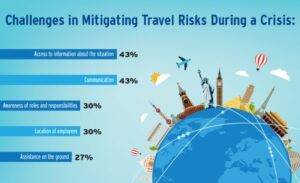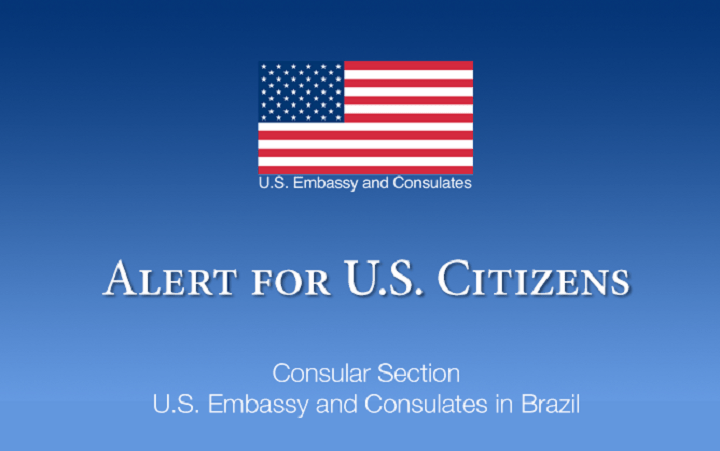Are you planning a trip to the United States? In the age of ever-changing global circumstances, staying informed about U.S. travel restrictions is crucial. This comprehensive guide will walk you through the current travel restrictions, their implications, and essential information to ensure a smooth and hassle-free journey.
The United States, a land of diverse landscapes and cultures, has always been a top destination for travelers worldwide. However, the outbreak of COVID-19 and other evolving global situations have led to various travel restrictions in place. These restrictions aim to ensure public safety while allowing essential travel to continue.
Understanding Travel Restrictions

1. Different Types of Restrictions
Travel restrictions come in various forms, including:
- Entry Bans: Some countries or regions may be banned from entering the U.S.
- Quarantine Requirements: Travelers might be required to quarantine upon arrival.
- Testing Mandates: Pre-travel and post-arrival testing may be necessary.
- Vaccination Requirements: Proof of vaccination might be needed.
2. Evolving Nature
It’s essential to understand that travel restrictions are not static. They can change frequently based on the prevailing global conditions and the U.S. government’s response to them.
Current U.S. Travel Restrictions
1. COVID-19 Related Restrictions
- Travel Bans: Various countries are subject to travel bans or restrictions due to COVID-19 variants. It’s crucial to check if your country is on the restricted list.
- Testing and Quarantine: Most travelers to the U.S. must provide a negative COVID-19 test taken within a specified timeframe before departure. Quarantine requirements may also apply.
- Vaccination Status: Proof of vaccination may be necessary, and some travelers may need to show a negative test even if they are vaccinated.
2. Visa and Entry Restrictions
- Visa Status: U.S. visa holders should check if their visa is still valid and if they are subject to any travel restrictions.
- Visa Waiver Program: Travelers from Visa Waiver Program (VWP) countries need to apply for an ESTA (Electronic System for Travel Authorization) before visiting.
3. Transportation Restrictions
- Airlines: Check with your airline for specific requirements, as some may have their own guidelines in addition to government restrictions.
4. Local Regulations
- State and City Regulations: Individual states and cities in the U.S. may have specific regulations or guidelines. Check for local restrictions before traveling.
Preparing for Your Trip
1. Stay Informed
- Government Sources: Regularly check the official U.S. government websites for the latest information.
- Airline Notifications: Sign up for alerts from your airline to receive updates on travel restrictions and guidelines.
2. Documentation
- Passport and Visa: Ensure your passport is valid for at least six months beyond your intended departure date. Verify your visa status and requirements.
- Vaccination and Testing Records: Keep copies of your vaccination certificates and test results handy.
3. Travel Insurance
- Consider purchasing travel insurance that covers trip cancellations or interruptions due to COVID-19 or other unforeseen events.
4. Health and Safety
- Follow CDC guidelines for safe travel, such as wearing masks and practicing social distancing.
- Pack necessary personal protective equipment (PPE) for your trip.
Traveling to the United States in the midst of ever-evolving travel restrictions can be challenging, but with the right information and preparation, you can navigate the complexities and ensure a smooth journey. Remember to stay informed, follow guidelines, and prioritize your health and safety while exploring the beauty and diversity that the U.S. has to offer.
Remember, these restrictions can change, so always check the latest updates and guidelines before embarking on your journey. Safe travels!


